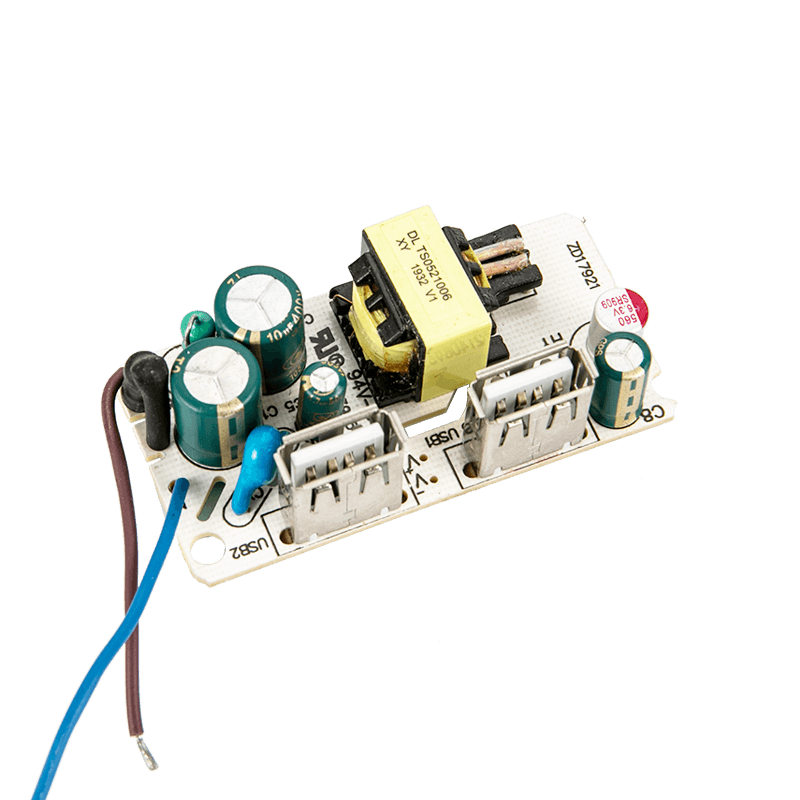

The same is that all power transformers have iron cores […]
The same is that all power transformers have iron cores as magnetic circuits and windings for circuits. The biggest difference is between "oil type" and "dry type". In other words, the cooling medium of the two is different. The former uses transformer oil (and other oils such as β oil) as the cooling and insulating medium, and the latter uses air or other gases such as SF6 as the cooling medium. The oil change is to place the body composed of iron core and windings in an oil tank filled with transformer oil. Dry change often encapsulates the iron core and windings with epoxy resin. There is also a non-encapsulated type, which is used more now. The windings are impregnated with special insulating paper and special insulating paint, etc., to prevent windings or iron The core is damp. (Because the two derive different categories due to different classification methods in terms of technology, use, and structure, we will speak from a narrow perspective)
In terms of output and consumption, the current dry transformer voltage level is only 35kV, and the capacity is smaller than that of oil transformers, about 2500kVA. Also, the dry transformer manufacturing process is more complicated than oil transformers of the same voltage level and capacity. , The cost is also high. So at present, the amount of oil is still increasing. However, due to its environmental protection, flame-retardant and impact resistance, it is often used in high-demand power supply and distribution places such as hotels, office buildings, and high-rise buildings. If you are just a transformer user, it should be enough to understand this."
Each has its own advantages and disadvantages. The oil conversion cost is low and maintenance is convenient, but it is combustible and explosive. Because of its good fire resistance, the dry transformer can be installed in the central area of the load to reduce voltage loss and power loss. However, dry transformers are expensive, bulky, poor in moisture and dust resistance, and are noisy.
The oil change is gradually withdrawn, and the dry change can be disassembled for transportation, clean, easy to maintain, and does not require a base for installation, and there is no oil leakage pool.
It is easier to distinguish from the outside;
The biggest difference between oil-immersed transformers and dry-type transformers is whether there is "oil". Since oil is liquid and has fluidity, oil-immersed transformers must have a shell. The inside of the shell is transformer oil, and the transformer is immersed in the oil. The coil of the transformer cannot be seen from the outside; while the dry-type transformer has no oil, the outer casing is not needed, and the coil of the transformer can be directly seen; another feature is that there is an oil pillow on the oil-immersed transformer, which is stored inside Transformer oil, but now new oil-immersed transformers are also produced without oil pillows;
In order to facilitate the heat dissipation of the oil-immersed transformer, which is to facilitate the flow of internal insulating oil, a radiator is designed on the outside, just like a heat sink, while the dry-type transformer does not have this radiator. The heat dissipation depends on the fan under the transformer coil. The fan is a bit like the indoor unit of a household air conditioner;
Oil-immersed transformers are generally installed in a separate transformer room or outdoors due to the need for fire protection, while dry-type transformers must be installed indoors. Generally, they are installed in low-voltage power distribution rooms and installed side by side with low-voltage power distribution cabinets.

Zhejiang Dechuang Transformer Manufacturing Co., Ltd.